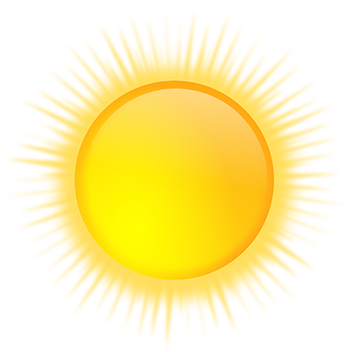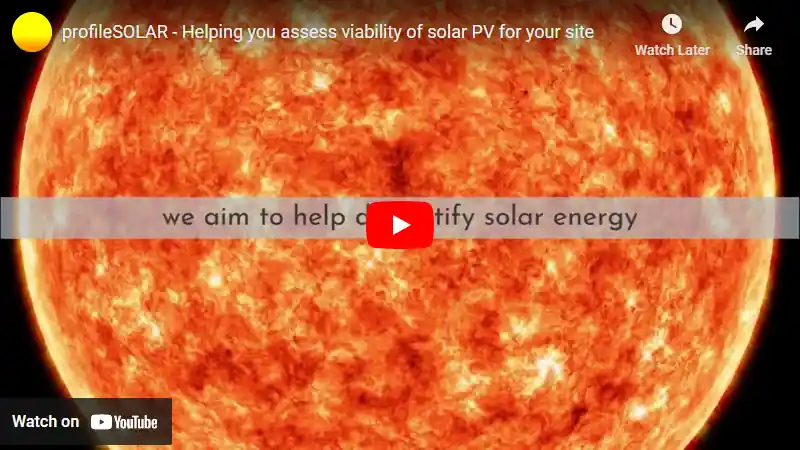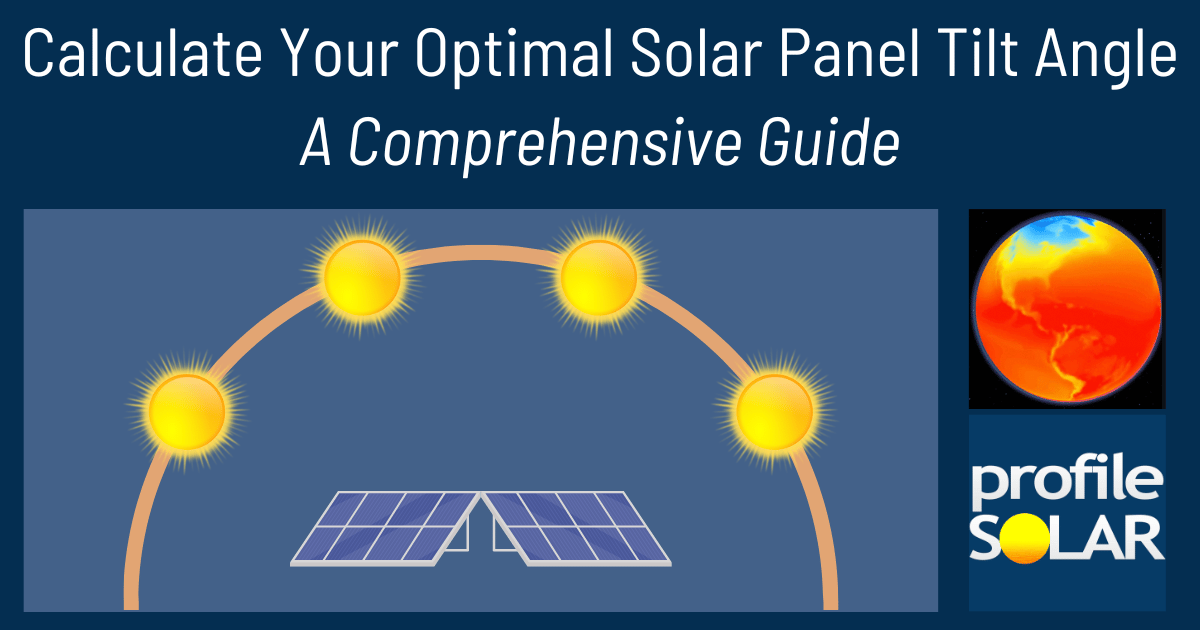

Gladbeck, located in North Rhine-Westphalia, Germany, offers a moderate potential for solar energy generation throughout the year, with significant seasonal variations. The location experiences typical Northern European climate patterns that affect solar production capabilities.
Seasonal Solar Production
Solar panels in Gladbeck produce varying amounts of electricity depending on the season. Summer months are the most productive, generating an average of 5.16 kWh per day for each kilowatt of installed capacity. Spring follows as the second most productive season with 4.27 kWh/day per kW installed. Production drops considerably in autumn to 2.25 kWh/day, while winter sees the lowest output at just 1.09 kWh/day per kW of installed capacity.
This pattern creates a roughly 5:1 ratio between the best and worst seasons, with summer producing nearly five times more energy than winter. The most favorable period for solar generation spans from April through September, when longer days and higher sun angles significantly boost production.
Optimal Panel Installation
For fixed solar panel installations in Gladbeck, the ideal tilt angle to maximize year-round energy production is 44 degrees facing South. This specific angle optimizes the annual solar harvest by balancing seasonal variations in sun height and intensity throughout the year.
Environmental Challenges
Several environmental factors may affect solar production in Gladbeck:
- Cloud cover is significant in this region of Germany, particularly during winter months when overcast days are common
- Occasional fog and haze can reduce solar irradiance reaching panels
- Snowfall in winter can temporarily cover panels, though this coincides with already low production periods
- Industrial pollution from the Ruhr region may create atmospheric particulates that slightly reduce solar efficiency
Mitigation Strategies
To maximize solar production despite these challenges, several installation considerations are recommended. Self-cleaning panel technologies or regular maintenance schedules can address dust and pollution buildup. Installing panels at steeper angles than the optimal 44 degrees may help with snow shedding in winter, though this trades off some annual production. Additionally, microinverters or power optimizers can help maintain higher system efficiency during partial shading conditions.
While Gladbeck isn't an ideal location compared to sunnier European regions, proper system design and installation can still make solar PV a viable energy source, particularly during the productive spring and summer months.
Note: The Northern Temperate Zone extends from 35° latitude North up to 66.5° latitude.
So far, we have conducted calculations to evaluate the solar photovoltaic (PV) potential in 835 locations across Germany. This analysis provides insights into each city/location's potential for harnessing solar energy through PV installations.
Link: Solar PV potential in Germany by location
Solar output per kW of installed solar PV by season in Gladbeck
Seasonal solar PV output for Latitude: 51.5603, Longitude: 7.0063 (Gladbeck, Germany), based on our analysis of 8760 hourly intervals of solar and meteorological data (one whole year) retrieved for that set of coordinates/location from NASA POWER (The Prediction of Worldwide Energy Resources) API:




Ideally tilt fixed solar panels 44° South in Gladbeck, Germany
To maximize your solar PV system's energy output in Gladbeck, Germany (Lat/Long 51.5603, 7.0063) throughout the year, you should tilt your panels at an angle of 44° South for fixed panel installations.
As the Earth revolves around the Sun each year, the maximum angle of elevation of the Sun varies by +/- 23.45 degrees from its equinox elevation angle for a particular latitude. Finding the exact optimal angle to maximise solar PV production throughout the year can be challenging, but with careful consideration of historical solar energy and meteorological data for a certain location, it can be done precisely.
We use our own calculation, which incorporates NASA solar and meteorological data for the exact Lat/Long coordinates, to determine the ideal tilt angle of a solar panel that will yield maximum annual solar output. We calculate the optimal angle for each day of the year, taking into account its contribution to the yearly total PV potential at that specific location.

Seasonally adjusted solar panel tilt angles for Gladbeck, Germany
If you can adjust the tilt angle of your solar PV panels, please refer to the seasonal tilt angles below for optimal solar energy production in Gladbeck, Germany. As mentioned earlier, for fixed-panel solar PV installations, it is optimal to maintain a 44° South tilt angle throughout the year.
| Overall Best Summer Angle | Overall Best Autumn Angle | Overall Best Winter Angle | Overall Best Spring Angle |
|---|---|---|---|
| 35° South in Summer | 54° South in Autumn | 64° South in Winter | 44° South in Spring |
Our recommendations take into account more than just latitude and Earth's position in its elliptical orbit around the Sun. We also incorporate historical solar and meteorological data from NASA's Prediction of Worldwide Energy Resources (POWER) API to assign a weight to each ideal angle for each day based on its historical contribution to overall solar PV potential during a specific season.
This approach allows us to provide much more accurate recommendations than relying solely on latitude, as it considers unique weather conditions in different locations sharing the same latitude worldwide.
Calculate solar panel row spacing in Gladbeck, Germany
We've added a feature to calculate minimum solar panel row spacing by location. Enter your panel size and orientation below to get the minimum spacing in Gladbeck, Germany.
Our calculation method
- Solar Position:
We determine the Sun's position on the Winter solstice using the location's latitude and solar declination. - Shadow Projection:
We calculate the shadow length cast by panels using trigonometry, considering panel tilt and the Sun's elevation angle. - Minimum Spacing:
We add the shadow length to the horizontal space occupied by tilted panels.
This approach ensures maximum space efficiency while avoiding shading during critical times, as the Winter solstice represents the worst-case scenario for shadow length.
Topography for solar PV around Gladbeck, Germany
Gladbeck is situated in the western part of Germany, specifically in the northern Ruhr region of North Rhine-Westphalia. The topography of Gladbeck is characterized by a predominantly flat landscape with gentle undulations, typical of the broader Lower Rhine Plain. The area sits at an average elevation of approximately 40 meters above sea level. The terrain around Gladbeck was largely shaped by the last ice age, resulting in a mostly level plain with occasional slight hills and shallow valleys. The natural landscape has been significantly altered by human activity, particularly coal mining and industrial development that defined the Ruhr region's history. This industrial heritage has left its mark on the topography, with some artificial hills created from mining spoil heaps visible in the broader region.
Surrounding Landscape Features
To the north of Gladbeck, the landscape transitions into the more rural Münsterland region, characterized by agricultural fields, small forests, and slightly more pronounced rolling hills. Eastward, the terrain continues as part of the Ruhr metropolitan area, maintaining its generally flat character with urban development dominating the landscape. The southern vicinity of Gladbeck includes the Emscher river system, which has been extensively modified over centuries of industrial development. The western areas extend toward the Rhine river valley, maintaining the characteristic lowland topography. Water bodies near Gladbeck include several small streams and canals, as well as artificial lakes that have formed in former mining subsidence areas. The Rhine-Herne Canal passes not far from Gladbeck, representing one of the major waterways in the region.Potential Areas for Solar PV Development
For large-scale solar PV installations, several areas in the vicinity of Gladbeck present favorable conditions based on topographical considerations: Former industrial sites and brownfields represent prime opportunities for solar development. The Ruhr region has numerous decommissioned coal mines, abandoned industrial facilities, and reclaimed land that offer large, unshaded areas with minimal competing land use. These post-industrial landscapes typically have existing grid connections and access infrastructure, reducing development costs. The relatively flat terrain throughout the region is advantageous for solar PV installation, minimizing earthwork requirements and simplifying construction. Areas to the north of Gladbeck, where the landscape transitions to more agricultural use, could accommodate larger solar arrays with minimal topographical challenges. Recultivated mining spoil heaps in the broader region, while creating some sloped surfaces, can actually be beneficial for solar installations. South-facing slopes of these artificial hills receive more direct sunlight and can improve energy yield compared to perfectly flat installations. The open agricultural lands primarily to the north and northwest of Gladbeck could potentially accommodate solar development, though these would need to be balanced with agricultural priorities. The flat nature of these fields makes them technically suitable for large solar arrays. It's worth noting that while topography is favorable throughout much of the region, the highly developed nature of the Ruhr area means that large contiguous undeveloped spaces are limited. This suggests that a distributed approach utilizing multiple medium-sized installations across various brownfield and post-industrial sites may be more practical than a single massive solar farm.Germany solar PV Stats as a country
Germany ranks 4th in the world for cumulative solar PV capacity, with 58,461 total MW's of solar PV installed. This means that 9.70% of Germany's total energy as a country comes from solar PV (that's 3rd in the world). Each year Germany is generating 702 Watts from solar PV per capita (Germany ranks 3rd in the world for solar PV Watts generated per capita). [source]
Are there incentives for businesses to install solar in Germany?
Yes, there are a few incentives for businesses wanting to install solar energy in Germany. These include feed-in tariffs, which guarantee businesses a price per kilowatt hour of electricity produced from their solar system; tax incentives such as the reduction of corporate income taxes; and subsidies from regional governments or utilities. Additionally, Germany's Renewable Energy Sources Act (EEG) provides additional support for projects that involve renewable energies.
Do you have more up to date information than this on incentives towards solar PV projects in Germany? Please reach out to us and help us keep this information current. Thanks!
Citation Guide
Article Details for Citation
Author: Aaron Robinson
Publisher: profileSOLAR.com
First Published: Thursday 8th of May 2025
Last Updated: Friday 9th of May 2025
Tell Us About Your Work
We love seeing how our research helps others! If you've cited this article in your work, we'd be delighted to hear about it. Drop us a line via our Contact Us page or on X, to share where you've used our information - we may feature a link to your work on our site. This helps create a network of valuable resources for others in the solar energy community and helps us understand how our research is contributing to the field. Plus, we occasionally highlight exceptional works that reference our research on our social media channels.
Feeling generous?

Share this with your friends!


Compare this location to others worldwide for solar PV potential
The solar PV analyses available on our website, including this one, are offered as a free service to the global community. Our aim is to provide education and aid informed decision-making regarding solar PV installations.
However, please note that these analyses are general guidance and may not meet specific project requirements. For in-depth, tailored forecasts and analysis crucial for feasibility studies or when pursuing maximum ROI from your solar projects, feel free to contact us; we offer comprehensive consulting services expressly for this purpose.
Helping you assess viability of solar PV for your site
Calculate Your Optimal Solar Panel Tilt Angle: A Comprehensive Guide
Enhance your solar panel's performance with our in-depth guide. Determine the best tilt angle using hard data, debunk common misunderstandings, and gain insight into how your specific location affects solar energy production.







